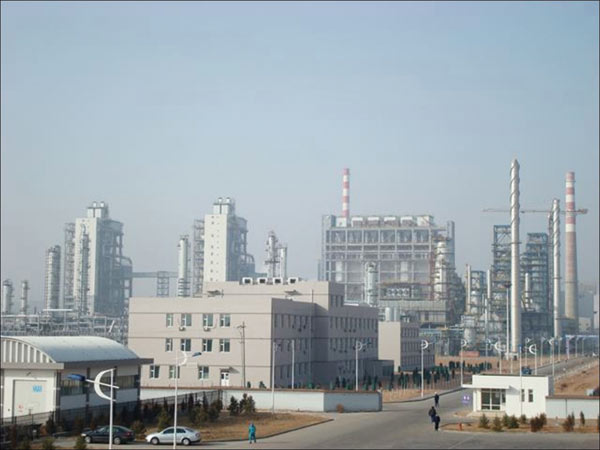With a shortage of domestic oil and an automobile market that’s now the world’s biggest, China has begun a large-scale program to transform its abundant coal resources into motor fuels. It’s already home to the world’s largest coal liquefaction plant–a facility in Inner Mongolia that reached its full capacity last year and can now pump out a million gallons of diesel fuel per day.
The plant made China only the second country in the world, after South Africa, to successfully derive liquid fuels from coal on a commercial scale. Built by coal producer Shenhua Group, the facility uses the heat and hydrogen generated by gasifying a small amount of coal to brew a wet slurry made from a second stream of coal into diesel fuel. The process makes economic sense but inflicts an environmental double whammy. Simply making the fuel produces prodigious amounts of carbon dioxide, even before the fuel itself is burned. It also uses enormous amounts of another scarce Chinese commodity: water.
Don’t settle for half the story.
Get paywall-free access to technology news for the here and now.
